Home>Garden Essentials>What Aisle Would Sesame Seeds Be In
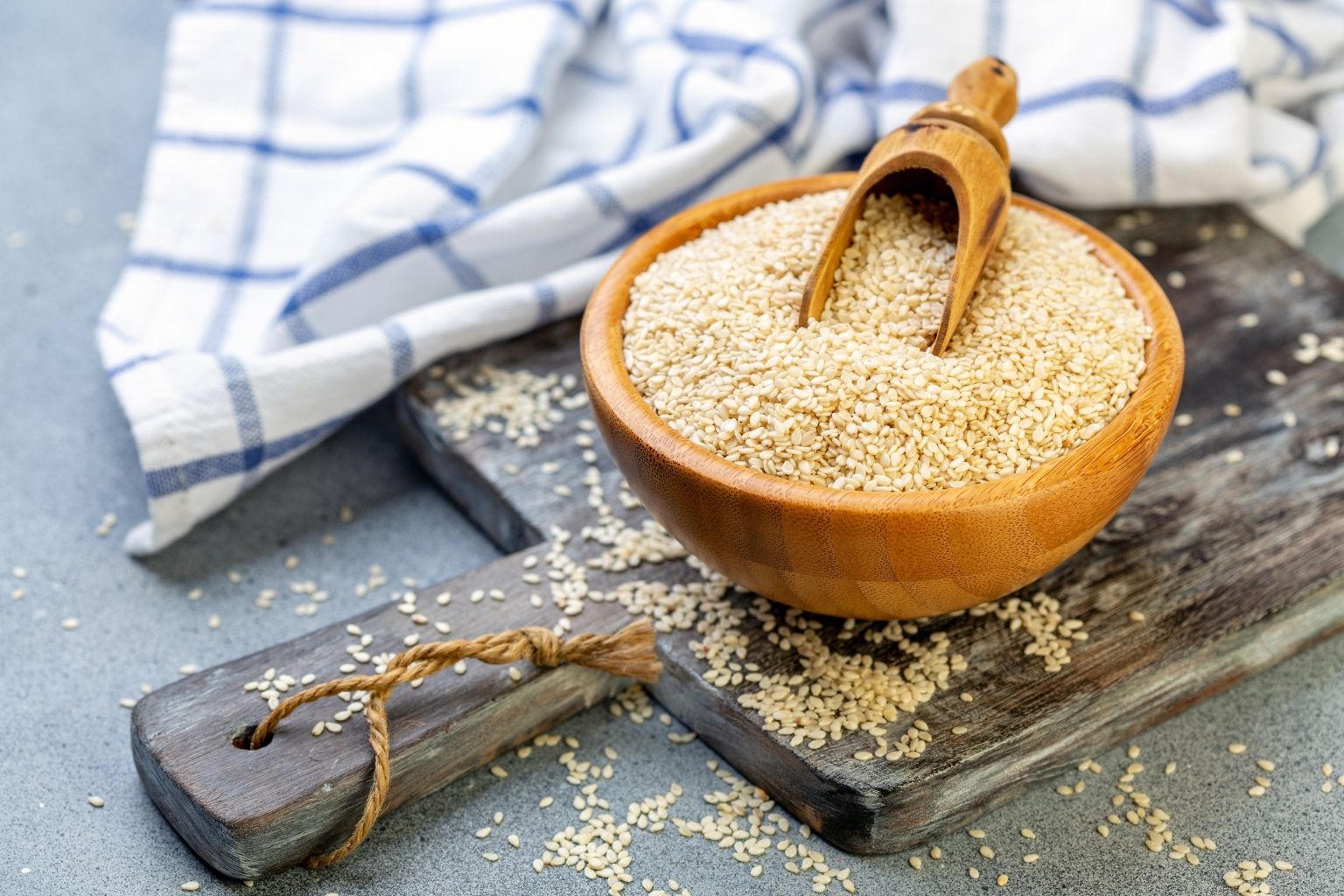

Garden Essentials
What Aisle Would Sesame Seeds Be In
Modified: August 17, 2024
Looking for sesame seeds for your garden? Find out the exact aisle where you can locate high-quality sesame seeds.
(Many of the links in this article redirect to a specific reviewed product. Your purchase of these products through affiliate links helps to generate commission for Storables.com, at no extra cost. Learn more)
Introduction
Welcome to the wonderful world of gardening! Whether you are a seasoned green thumb or just starting out, there is something truly magical about growing your own plants and tending to your own garden. Not only does it provide a sense of accomplishment, but it also offers many benefits for your physical and mental well-being.
In this comprehensive guide, we will delve deep into the art and science of gardening, exploring various techniques, tips, and tricks to help you create and maintain a thriving garden. From understanding the fundamentals of soil preparation and plant selection to exploring different gardening styles and tackling common gardening challenges, we will cover it all.
Gardening is not just limited to growing vegetables and fruits; it encompasses a wide range of plants, including flowers, herbs, and even trees. In our journey through this guide, we will explore the different types of gardens you can create, from a serene and tranquil flower garden to a bountiful vegetable patch or even a lush and vibrant indoor garden.
But why should you invest your time and effort in gardening? The benefits are numerous. Firstly, it allows you to reconnect with nature, providing a sense of calm and tranquility that is often lacking in our fast-paced modern lives. Working in the garden has been proven to reduce stress levels, improve mood, and boost overall well-being.
Secondly, gardening provides a sense of accomplishment and satisfaction. There is nothing quite like seeing your hard work pay off as you watch your plants grow, bloom, and produce delicious fruits or vibrant flowers. It gives you a sense of pride and fulfillment, knowing that you have nurtured life and created something beautiful.
Additionally, gardening allows you to enjoy the fruits of your labor, quite literally! Imagine picking a perfectly ripe tomato from your own backyard or harvesting a bunch of fragrant herbs to elevate your culinary creations. Not only does it provide you with fresh and healthy produce, but it also encourages a more sustainable and eco-friendly lifestyle.
So, whether you have a sprawling backyard or a small balcony, this guide will equip you with the knowledge and skills to embark on your own gardening journey. From selecting the right plants and understanding their needs to learning about pest control and proper maintenance, you will soon become a confident gardener.
Join us as we explore the fascinating world of gardening, where nature and creativity merge to create a vibrant tapestry of colors, scents, and flavors. Get ready to dig in, quite literally, and uncover the joys and rewards of nurturing your own little piece of paradise. Happy gardening!
Key Takeaways:
- Gardening offers numerous benefits, including stress reduction, fresh produce, and a connection with nature. It’s a fulfilling and rewarding activity for anyone, whether you have a large backyard or a small balcony.
- Sesame seeds are not only delicious but also nutritious, offering healthy fats, protein, and essential minerals. They can be found in the baking aisle, spice section, or ethnic food section of grocery stores, and can also be purchased from farmers’ markets, specialty food stores, health food stores, or online retailers.
Read more: What Is Sesame Seed
Understanding Sesame Seeds
Sesame seeds are tiny, oval-shaped seeds that come from the Sesamum indicum plant native to Africa and India. These seeds have been cultivated for thousands of years and have become a staple ingredient in cuisines around the world. They have a nutty flavor and a delicate crunch, making them a versatile addition to both sweet and savory dishes.
In addition to their culinary uses, sesame seeds are also rich in nutrients, making them a valuable addition to a healthy diet. They are packed with healthy fats, including omega-6 fatty acids, as well as protein, fiber, and a range of essential minerals such as calcium, iron, and magnesium. They also contain antioxidants, which help protect the body against oxidative stress and inflammation.
One of the notable characteristics of sesame seeds is their oil content. These seeds are known for their high oil content, which ranges from 40% to 60%. This oil is rich in mono- and polyunsaturated fats, which are considered heart-healthy fats. Sesame oil is commonly used in cooking and as a flavoring agent in many cuisines.
Sesame seeds come in different varieties, including white, black, and brown. The most commonly found variety in grocery stores is the white sesame seed, which has a mildly sweet taste. Black sesame seeds have a richer, nuttier flavor and are often used in desserts and Asian cuisine. Brown sesame seeds are less common and have a slightly stronger flavor compared to white sesame seeds.
Apart from their culinary uses, sesame seeds also have a long history of medicinal and cosmetic applications. They have been used in traditional Chinese and Ayurvedic medicine to promote digestive health, improve skin and hair quality, and support overall well-being. However, it’s important to note that more research is needed to validate these claims.
In summary, sesame seeds are a small but mighty ingredient that offers both culinary and nutritional benefits. Their distinctive flavor and crunch add a unique touch to a variety of dishes, while their rich nutrient profile provides a range of health benefits. Whether you sprinkle them on salads, toast them for a homemade tahini, or use them as a topping for baked goods, sesame seeds are a versatile and flavorful addition to your pantry.
The Importance of Sesame Seeds in Cooking
Sesame seeds are an essential ingredient in many cuisines around the world. They bring a unique flavor, texture, and nutritional value to a wide range of dishes, making them a valuable addition to any kitchen. Let’s explore the importance of sesame seeds in cooking and how they can elevate your culinary creations.
One of the main reasons sesame seeds are prized in cooking is their distinct nutty flavor. This flavor profile adds depth and complexity to both sweet and savory dishes. From sprinkling them on salads and stir-fries to incorporating them into baked goods and desserts, sesame seeds bring a delightful taste that enhances the overall experience of the dish.
In addition to their flavor, sesame seeds also provide a satisfying crunch. Whether lightly toasted or used raw, their texture adds an enjoyable element to various recipes. The combination of the nutty flavor and crunchy texture can take a simple dish to a whole new level, providing a delightful contrast of sensations in every bite.
Sesame seeds also offer a nutritional boost to dishes. They are an excellent source of healthy fats, including polyunsaturated and monounsaturated fats, which are essential for maintaining good heart health. These healthy fats not only provide energy but also aid in the absorption of fat-soluble vitamins.
Furthermore, sesame seeds are rich in protein, making them a valuable addition to plant-based diets and a great way to add extra protein to your meals. Protein is an essential nutrient that helps build and repair tissues, supports muscle growth, and plays a vital role in various functions in the body.
Another nutritional benefit of sesame seeds is their mineral content. They are a good source of calcium, which is essential for strong bones and teeth. Additionally, sesame seeds contain iron, magnesium, and zinc, which play crucial roles in metabolism, immunity, and overall well-being.
Sesame seeds also offer versatility in the kitchen. They can be used in a variety of ways, including as a topping, in sauces and dressings, and as an ingredient in baking. Sprinkle them on salads, stir-fries, or roasted vegetables for added flavor and texture. Use them to make tahini, a creamy and delicious paste commonly used in Middle Eastern cuisine. Incorporate them into bread, cookies, and other baked goods to create a delightful nutty taste.
In summary, sesame seeds are more than just a garnish or topping; they are a culinary powerhouse. Their nutty flavor, satisfying crunch, and nutritional benefits make them a valuable ingredient in cooking. Whether you’re looking to add a depth of flavor to your dishes, boost the nutritional value, or simply enjoy the delightful taste and texture, sesame seeds are a must-have ingredient in your pantry.
Common Uses of Sesame Seeds
Sesame seeds have a long-standing presence in various cuisines around the world, thanks to their versatility and unique flavor. These tiny seeds can be used in a wide range of dishes, from savory to sweet, adding a delightful and nutty taste along with a satisfying crunch. Let’s explore some of the common uses of sesame seeds in culinary creations.
One of the most recognizable uses of sesame seeds is as a topping. Whether lightly toasted or used raw, sesame seeds add an attractive visual appeal and a delightful texture to a variety of dishes. Sprinkle them over salads, stir-fries, or roasted vegetables to enhance the overall presentation while imparting a subtle nuttiness to the dish.
Sesame seeds are widely used in sauces and dressings. They provide a distinctive flavor and texture to sauces like tahini, a creamy paste made from ground sesame seeds. Tahini is a key ingredient in Middle Eastern cuisine and is used in dishes such as hummus, baba ganoush, and falafel. It can also be used as a flavorful dip for vegetables or as a spread in sandwiches and wraps.
In addition to sauces, sesame seeds can be incorporated into marinades and glazes. The nutty flavor of sesame seeds adds depth and complexity to these flavor-enhancing liquids. Whether you’re marinating meat, tofu, or vegetables, adding sesame seeds to your marinade can elevate the taste and aroma of the dish.
Sesame seeds are also commonly used in baking. They can be incorporated into bread, buns, and rolls to add a delightful crunch and nutty flavor. Sesame seed-topped bagels are a classic example of this usage. Moreover, sesame seeds can be used in cookies, cakes, and other desserts to provide a unique taste and texture.
In some cuisines, sesame seeds are ground into a paste or oil to create flavorful ingredients like tahini or sesame oil. Tahini is not only used in savory dishes but also finds its way into sweets like halva, a dense and sweet confection. Sesame oil, on the other hand, is commonly used as a flavoring agent in Asian cuisines, adding a distinctive taste to stir-fries, dressings, and dipping sauces.
In addition to their culinary uses, sesame seeds are also utilized in various cultural and religious rituals. They are often used as a symbol of abundance and prosperity in many cultures, and their use can be traced back to ancient times.
In summary, sesame seeds are a versatile ingredient that can be used in numerous ways in cooking. From toppings, sauces, and marinades to baking and creating flavorful pastes and oils, the nutty flavor and crunchy texture of sesame seeds add depth and character to a wide range of dishes. So, whether you sprinkle them over your favorite salad or incorporate them into your homemade bread, let sesame seeds take your culinary creations to new heights.
Finding Sesame Seeds in Grocery Stores
If you’re on the hunt for sesame seeds to incorporate into your culinary creations, you’ll likely find them in most well-stocked grocery stores. However, the placement of sesame seeds can vary depending on the store, so it’s helpful to know where to look. Here are some tips to help you find sesame seeds in grocery stores.
Firstly, head to the baking aisle. Many grocery stores categorize sesame seeds as a baking ingredient, so you’ll often find them alongside other baking supplies like flour, sugar, and spices. Look for small packages or containers of sesame seeds that are typically located on the shelves or in the baking section.
If you can’t find sesame seeds in the baking aisle, try the spice section. Some stores may categorize sesame seeds as a spice due to their common usage in culinary recipes. Look for bottles or small bags of sesame seeds among the various spices and seasonings. They’re often found near other seeds like poppy seeds or flax seeds.
If you’re still having trouble locating sesame seeds, it’s worth exploring the international or ethnic food section. Many grocery stores have a dedicated section for ingredients used in specific cuisines. Since sesame seeds are commonly used in Middle Eastern, Asian, and Mediterranean cooking, they may be grouped with these ethnic ingredients. Check the shelves or ask a store employee for assistance if needed.
Sometimes, grocery stores have a section dedicated to natural or organic products. These sections often include a variety of seeds, including sesame seeds. Look for a bulk section or small packages of organic and natural products. These areas are typically well-stocked with specialty ingredients, including sesame seeds.
If all else fails, seek out the assistance of store employees. They are knowledgeable about the store’s layout and can guide you to the exact location of sesame seeds. Don’t hesitate to ask for help or inquire if sesame seeds are available if you can’t find them on your own. Grocery store staff is there to assist you and make your shopping experience easier.
Remember, the placement of sesame seeds may vary from store to store, so don’t get discouraged if you don’t find them in one specific location. Be patient and thorough in your search, and you’ll likely locate the sesame seeds you’re looking for.
In addition to traditional grocery stores, consider checking health food stores, specialty food markets, or online retailers. These alternative options may offer a wider selection of sesame seeds, including different varieties such as black or brown sesame seeds. Exploring a variety of shopping options can expand your culinary horizons and provide you with more options for incorporating sesame seeds into your dishes.
So, whether you’re making a delicious stir-fry, baking homemade bread, or adding a sprinkle of seeds to your salad, use these tips to find sesame seeds in grocery stores and get creative in the kitchen with this versatile ingredient.
Sesame seeds are typically found in the spice aisle of the grocery store, alongside other herbs and spices. Look for them in the section where you would find items like cinnamon, paprika, and cumin.
Read more: What Aisle Are Chia Seeds In Kroger
Factors Affecting the Placement of Sesame Seeds
The placement of sesame seeds in grocery stores can be influenced by several factors. While most stores will have sesame seeds in stock, their exact location may vary based on store policies, customer demand, and the store’s layout. Understanding these factors can help you navigate the store more effectively and locate sesame seeds with ease. Here are some of the key factors that can affect the placement of sesame seeds.
Store Policies: Different grocery stores may have their own policies on how they categorize and organize products. Some stores categorize sesame seeds as a baking ingredient and place them in the baking aisle alongside other baking supplies like flour and sugar. Other stores may categorize sesame seeds as a spice and place them in the spice section. It’s helpful to familiarize yourself with the specific policies of the grocery store you’re shopping at to determine the most likely placement of sesame seeds.
Customer Demand: Grocery stores often take customer demand into consideration when deciding how to place and organize their products. If there is a higher demand for sesame seeds among the customers, the store may place them in a more prominent and easily accessible location to ensure customer satisfaction. On the other hand, if the demand is lower, sesame seeds may be placed in a less visible location or in a section dedicated to specific cuisines or international foods.
Store Layout: The layout of the store can also influence the placement of sesame seeds. Stores typically organize their products in a logical and convenient manner to facilitate the shopping experience. Baking ingredients, including sesame seeds, are commonly grouped together in the baking aisle, while spices are frequently located near other seasonings. Familiarizing yourself with the store layout and understanding how products are organized can help you navigate effectively and find sesame seeds more quickly.
Product Availability: Sometimes, the availability of sesame seeds may impact their placement. If a store has a limited stock or supply of sesame seeds, they may place them in a smaller or more specialized section of the store. This can include sections dedicated to natural or organic products, ethnic ingredients, or bulk bins. Checking different sections of the store or inquiring with store employees can help you locate sesame seeds even if they are not in the typical aisles.
Seasonal or Regional Variations: In some cases, the placement of sesame seeds may vary seasonally or regionally. Grocery stores may adjust their inventory and placement based on seasonal demands or regional cuisines. For example, during the holiday season, sesame seeds may be more prominently displayed for baking purposes. Similarly, in areas with a larger Asian population, sesame seeds may be readily available in the Asian food section. Being aware of any seasonal or regional variations can help you find sesame seeds in the most appropriate section of the store.
Overall, while there may be variations in the placement of sesame seeds in grocery stores, understanding store policies, customer demand, store layout, product availability, and any seasonal or regional influences can greatly assist you in locating sesame seeds with ease. Don’t hesitate to ask store employees for guidance if needed, as they can provide valuable information and ensure you find the sesame seeds you’re looking for.
Possible Aisles to Look for Sesame Seeds
When searching for sesame seeds in a grocery store, there are several possible aisles or sections where you may find them. While the exact placement can vary between stores, here are some common aisles to look for sesame seeds:
- Baking Aisle: The baking aisle is a common location for finding sesame seeds in many grocery stores. Look for them alongside other baking supplies such as flour, sugar, and spices. They may be available in small packages or containers in this section.
- Spice Section: Some grocery stores categorize sesame seeds as a spice due to their common usage in culinary recipes. Check the spice section for bottles or small bags of sesame seeds. They are often found near other seeds like poppy seeds or flax seeds.
- International or Ethnic Food Section: Sesame seeds are commonly used in Middle Eastern, Asian, and Mediterranean cuisines. As a result, they may be grouped with ethnic ingredients in the international food section. Explore this section of the store to find sesame seeds.
- Natural or Organic Food Section: Some grocery stores have a dedicated section for natural or organic products. This section may include a variety of seeds, including sesame seeds. Look for bulk bins or small packages of organic and natural products.
- Specialty Food or Health Food Store: If you’re unable to find sesame seeds in traditional grocery stores, consider checking specialty food or health food stores. These stores often have a wider selection of specialty ingredients, including different varieties of sesame seeds.
- Online Retailers: If all else fails, you can also consider purchasing sesame seeds from online retailers. Many platforms offer a variety of sesame seeds, including different colors and organic options, for convenient home delivery.
Remember to familiarize yourself with the layout of the store and ask store employees for assistance if needed. They can guide you to the most likely aisles where sesame seeds are located. Additionally, don’t forget to check different sections of the store, as the placement of sesame seeds can vary depending on store policies, customer demand, and regional variations.
By exploring these possible aisles and being diligent in your search, you’ll increase your chances of finding sesame seeds and be on your way to incorporating these nutritious and flavorful seeds into your culinary creations.
Tips for Locating Sesame Seeds
Searching for sesame seeds in a grocery store can sometimes be challenging, especially if you’re unfamiliar with the store’s layout or the specific placement of the seeds. To help you locate sesame seeds more efficiently, here are some useful tips to keep in mind:
- Check the Baking Aisle: Start your search in the baking aisle, where many grocery stores categorize sesame seeds. Look for them alongside other baking supplies like flour, sugar, and spices. Check both the higher and lower shelves as they might be placed at different eye levels.
- Explore the Spice Section: If you can’t find sesame seeds in the baking aisle, head to the spice section. Some stores categorize sesame seeds as a spice due to their common culinary usage. Look for bottles or small bags of sesame seeds near other spices and seasonings, such as poppy seeds or flax seeds.
- Don’t Forget Ethnic or International Food Sections: Many grocery stores have dedicated sections for ethnic or international foods. Sesame seeds are commonly used in Middle Eastern, Asian, and Mediterranean cuisines, so check these sections for sesame seeds. They may be grouped with other ingredients used in these cuisines.
- Seek Out Natural or Organic Sections: Some stores have a separate section for natural or organic products. Look for bulk bins or small packages of sesame seeds in this section. These areas often carry a variety of seeds, including sesame seeds.
- Ask Store Employees for Assistance: If you’re having trouble locating sesame seeds, don’t hesitate to ask store employees for help. They are knowledgeable and can guide you to the exact aisle or section where sesame seeds are located. They may also offer additional suggestions or inform you of any seasonal or regional variations.
- Consider Alternative Shopping Options: If you’re unable to find sesame seeds in your local grocery store, consider checking specialty food stores or health food stores. These stores typically have a wider selection of specialty ingredients, including different varieties of sesame seeds. Additionally, you can explore online retailers that offer sesame seeds for convenient home delivery.
- Read Store Signs and Labels: Look out for signs or labels that indicate the location of different food categories in the store. These signs are often hung from the ceiling or placed at the end of aisles, making it easier to find specific products, including sesame seeds.
By following these tips and being persistent in your search, you’ll increase your chances of locating sesame seeds in the grocery store. Remember to stay patient and don’t hesitate to ask for assistance when needed. With a little persistence, you’ll soon be on your way to incorporating these flavorful and nutritious seeds into your favorite dishes.
Alternatives to Traditional Grocery Stores
While traditional grocery stores are the go-to option for most people when it comes to buying sesame seeds and other ingredients, there are alternative shopping options that offer a wider selection and unique shopping experiences. If you’re looking to explore different avenues for purchasing sesame seeds, here are some alternatives to consider:
- Farmers’ Markets: Farmers’ markets are a great alternative to traditional grocery stores. These markets often feature local farmers, growers, and artisans who offer a wide variety of fresh produce, including sesame seeds. Visit your local farmers’ market to find organic and locally sourced sesame seeds. Additionally, engaging with local producers provides an opportunity to learn more about the products and support your community.
- Specialty Food Stores: Specialty food stores, such as gourmet markets or international food stores, can be a treasure trove of unique ingredients, including sesame seeds. These stores often stock a wide range of products from various cuisines, making it easier to find different varieties of sesame seeds. Explore these specialty stores to discover new flavors and expand your culinary horizons.
- Health Food Stores: Health food stores are another great alternative, especially if you’re looking for organic and natural options. These stores typically have a dedicated section for seeds, including sesame seeds. You may also find different forms of sesame seeds, such as hulled or roasted. Health food stores often cater to specific dietary needs, making it easier to find specialty items.
- Online Retailers: The convenience of online shopping has made it easier than ever to find and purchase sesame seeds. Various online retailers specialize in selling a wide range of ingredients, including different varieties of sesame seeds. Online shopping offers the convenience of browsing and ordering from the comfort of your home, and many platforms provide detailed product descriptions and customer reviews to help you make informed decisions.
- Food Cooperatives: Food cooperatives, or co-ops, are community-owned stores that emphasize sustainability, healthy living, and supporting local farmers and producers. These cooperatives often offer a diverse range of organic and locally sourced products, including sesame seeds. By shopping at a food cooperative, you not only have access to high-quality ingredients but also contribute to the cooperative’s mission of promoting sustainable and ethical food practices.
Exploring alternatives to traditional grocery stores allows you to discover unique products, support local businesses, and find a wider range of sesame seed options. Each of these options offers its own advantages, whether it’s the freshness and personal connection at farmers’ markets or the convenience and diverse product selection offered by online retailers. Consider trying out different shopping experiences to find the option that best suits your needs and preferences.
Remember, no matter which alternative you choose, it’s essential to prioritize quality and ensure that the sesame seeds you purchase are fresh and stored properly. So, get ready to embark on a culinary adventure and uncover the many possibilities of sesame seeds from these alternative shopping options.
Read more: What Are Hulled Sesame Seeds
Conclusion
In conclusion, sesame seeds are a versatile and flavorful ingredient that adds depth and character to a wide range of dishes. Whether you’re a seasoned chef or a cooking enthusiast, incorporating sesame seeds into your culinary creations can elevate the taste and texture, providing a delightful nutty flavor and satisfying crunch.
We explored the importance of sesame seeds in cooking, highlighting their unique flavor, nutritional benefits, and their role in enhancing the overall culinary experience. From their use as toppings, sauces, and marinades to their incorporation in baked goods and desserts, sesame seeds offer endless possibilities in the kitchen.
Finding sesame seeds in grocery stores may require some navigation and understanding of store layouts, policies, and customer demand. However, with our tips and guidance, you can locate sesame seeds in aisles like baking, spices, international sections, or consider exploring alternative shopping options such as farmers’ markets, specialty food stores, health food stores, or online retailers.
Remember to prioritize quality when choosing sesame seeds, ensuring they are fresh and stored properly to maintain their flavor and nutritional value. Whether you opt for white, black, or brown sesame seeds, each variety offers its own unique taste and culinary applications.
As you embark on your culinary journey with sesame seeds, don’t forget to experiment and get creative with different recipes and cuisines. From savory dishes like stir-fries and salads to sweet treats like cookies and desserts, the options are endless.
Now armed with the knowledge and resources to find and use sesame seeds in your cooking, venture forth and let these tiny seeds transform your dishes into culinary masterpieces. So, next time you’re in the kitchen, don’t forget to sprinkle some sesame seeds and savor the incredible flavors they bring.
Happy cooking and bon appétit!
Frequently Asked Questions about What Aisle Would Sesame Seeds Be In
Was this page helpful?
At Storables.com, we guarantee accurate and reliable information. Our content, validated by Expert Board Contributors, is crafted following stringent Editorial Policies. We're committed to providing you with well-researched, expert-backed insights for all your informational needs.
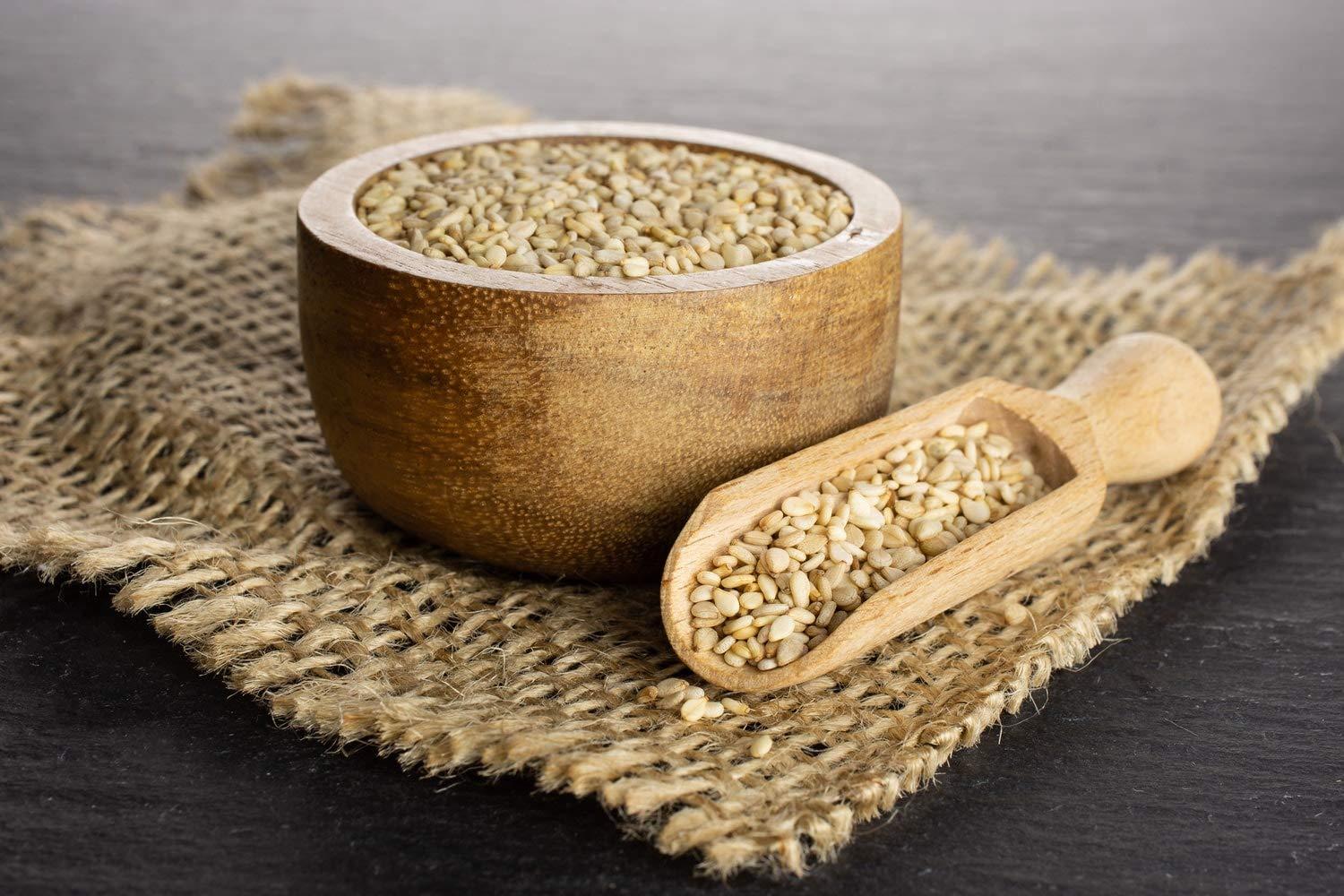
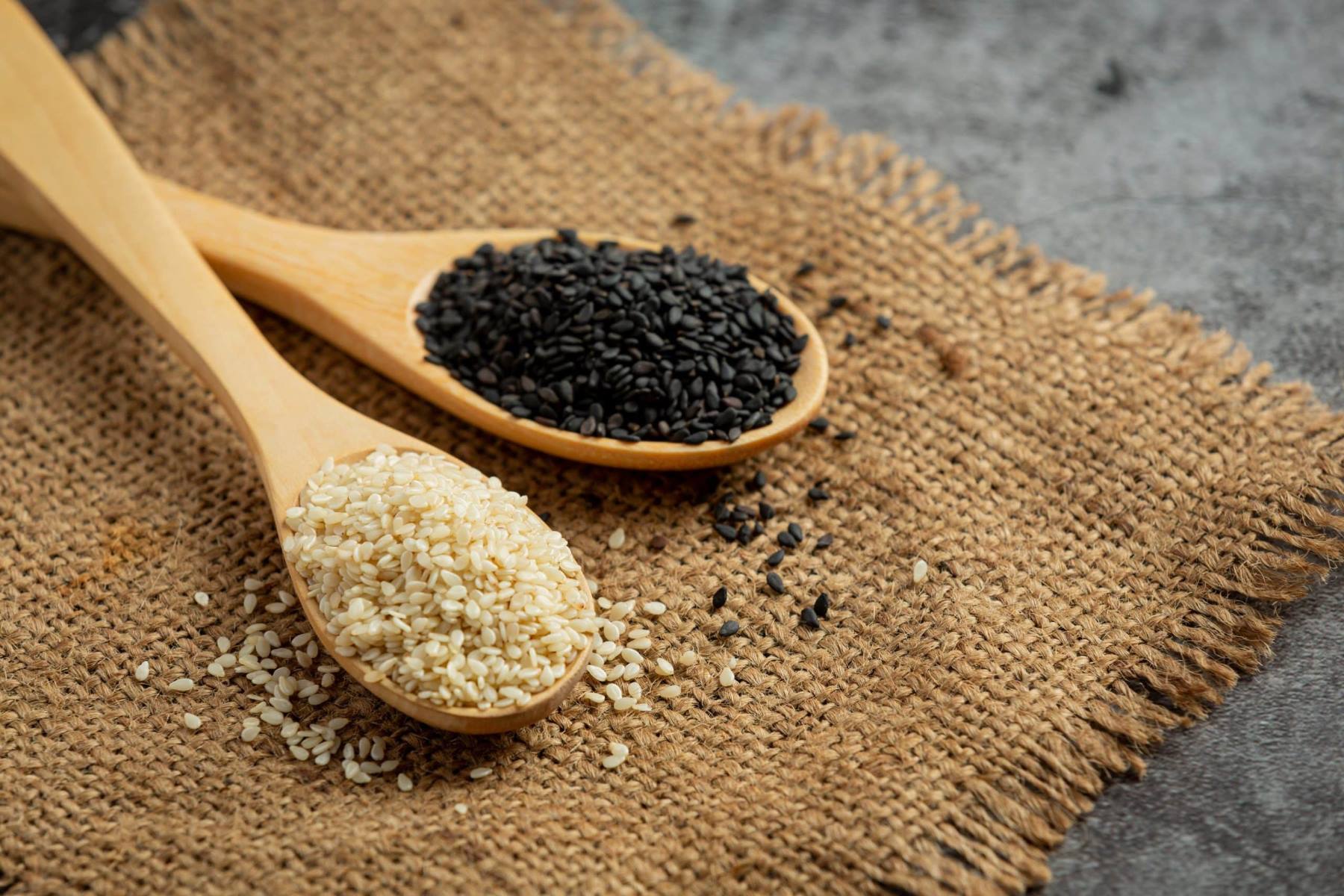
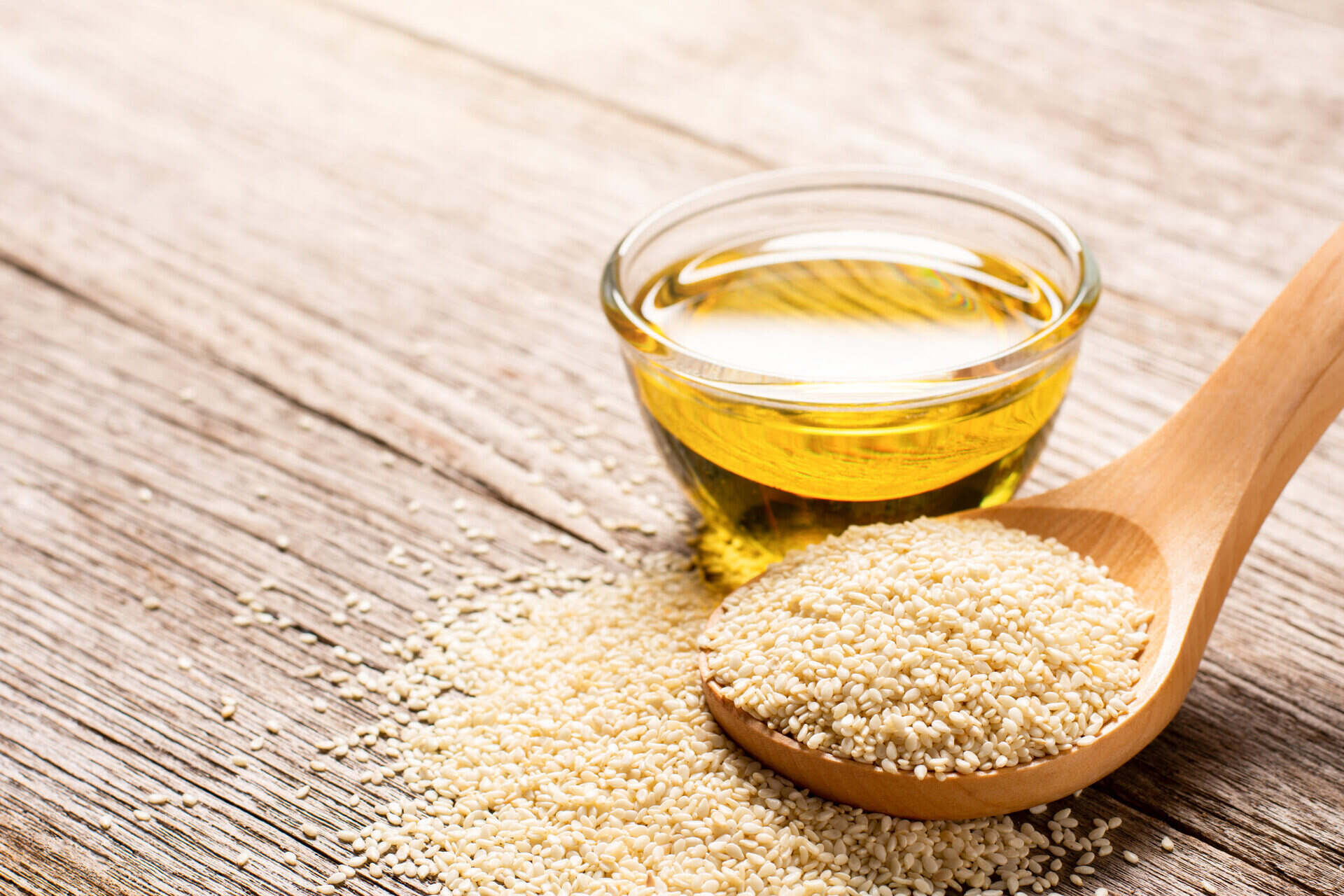
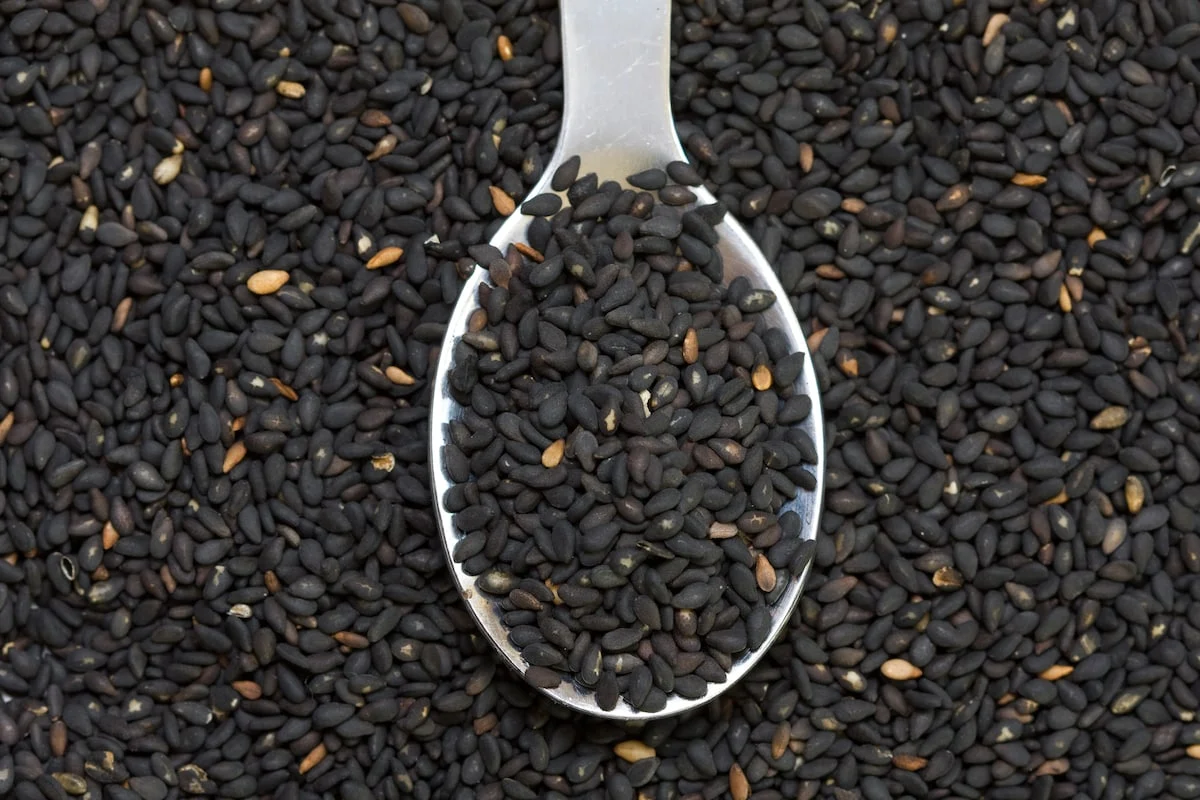
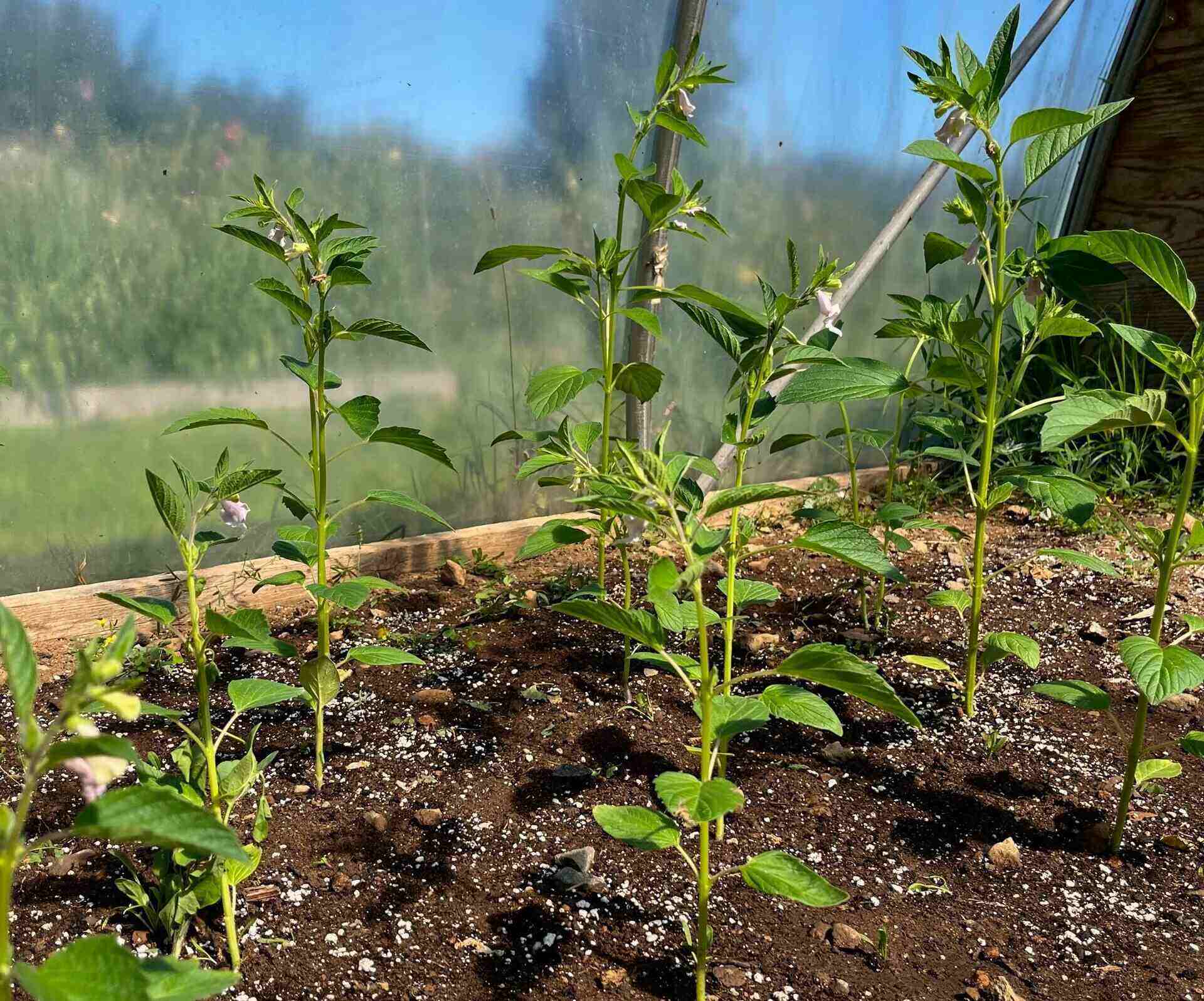
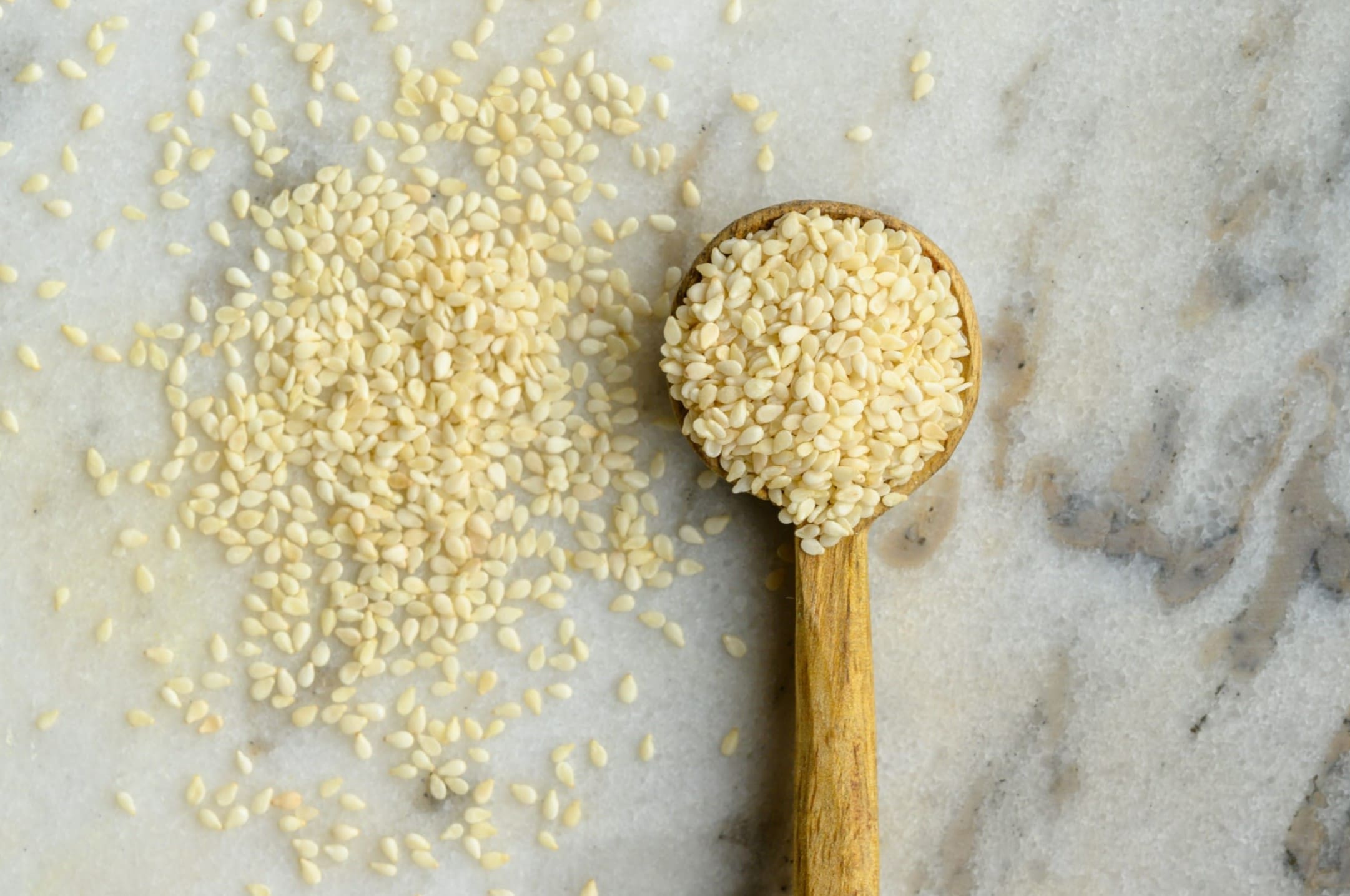


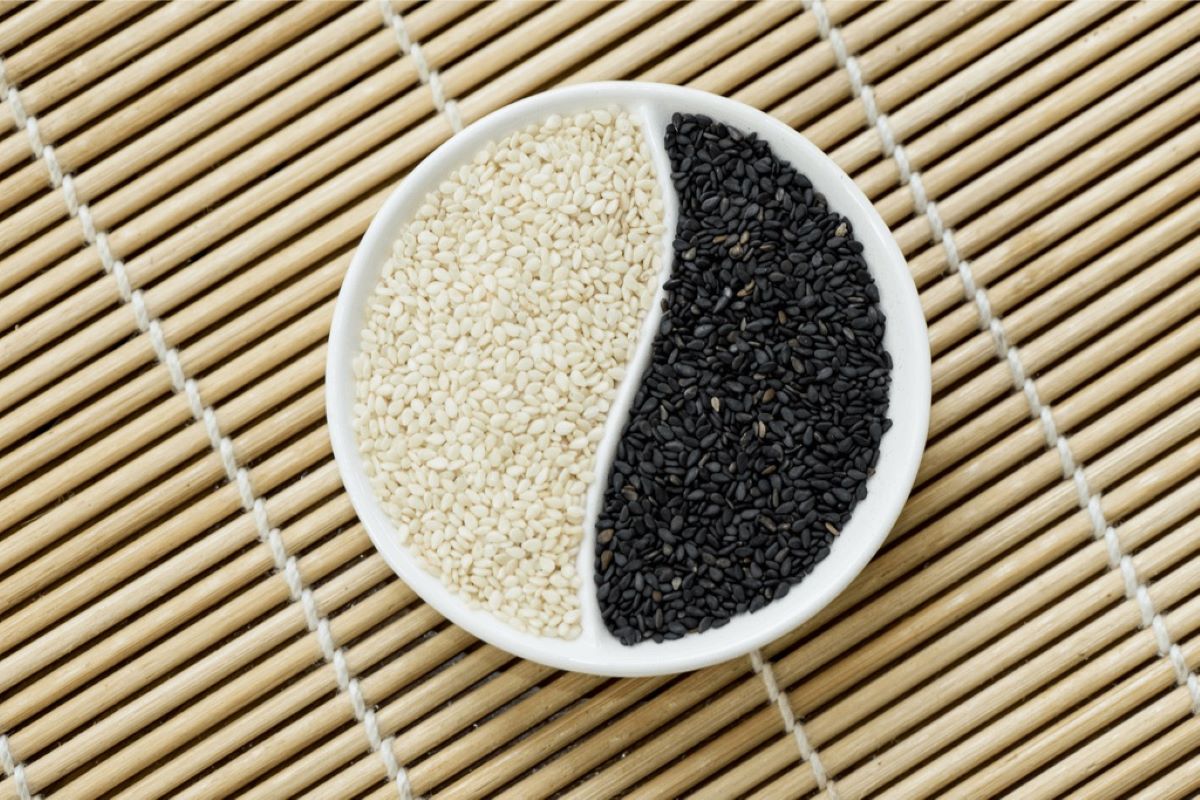
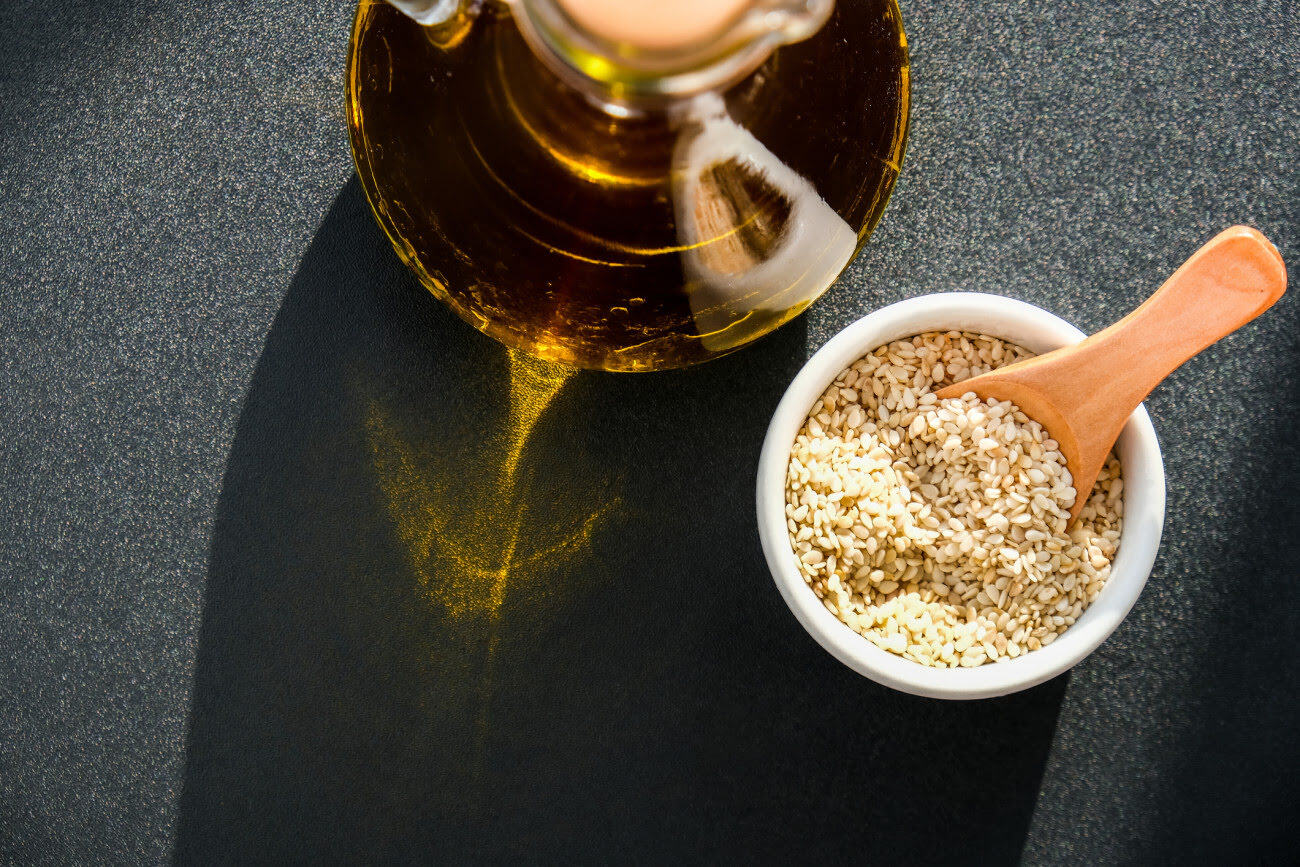
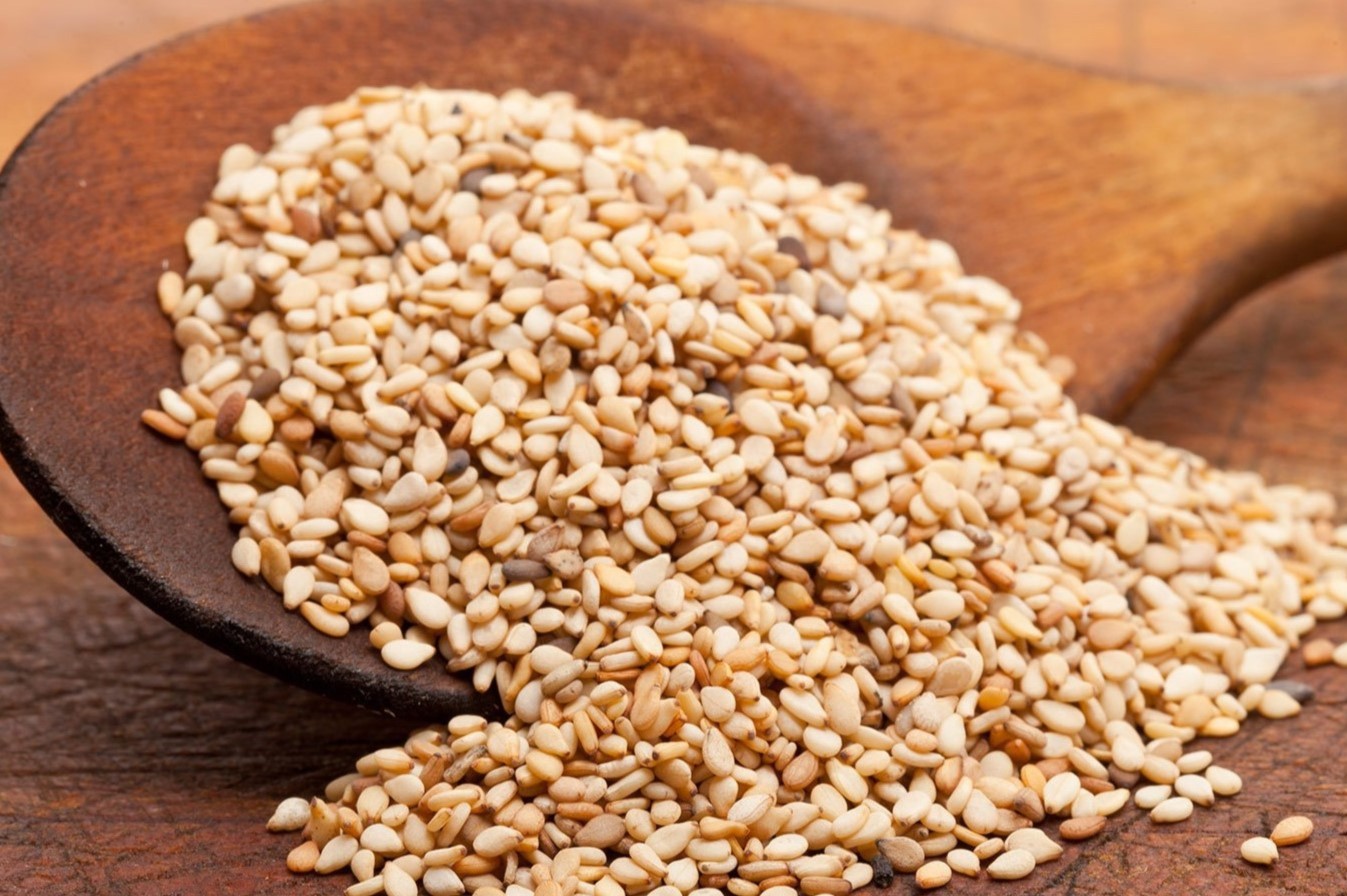
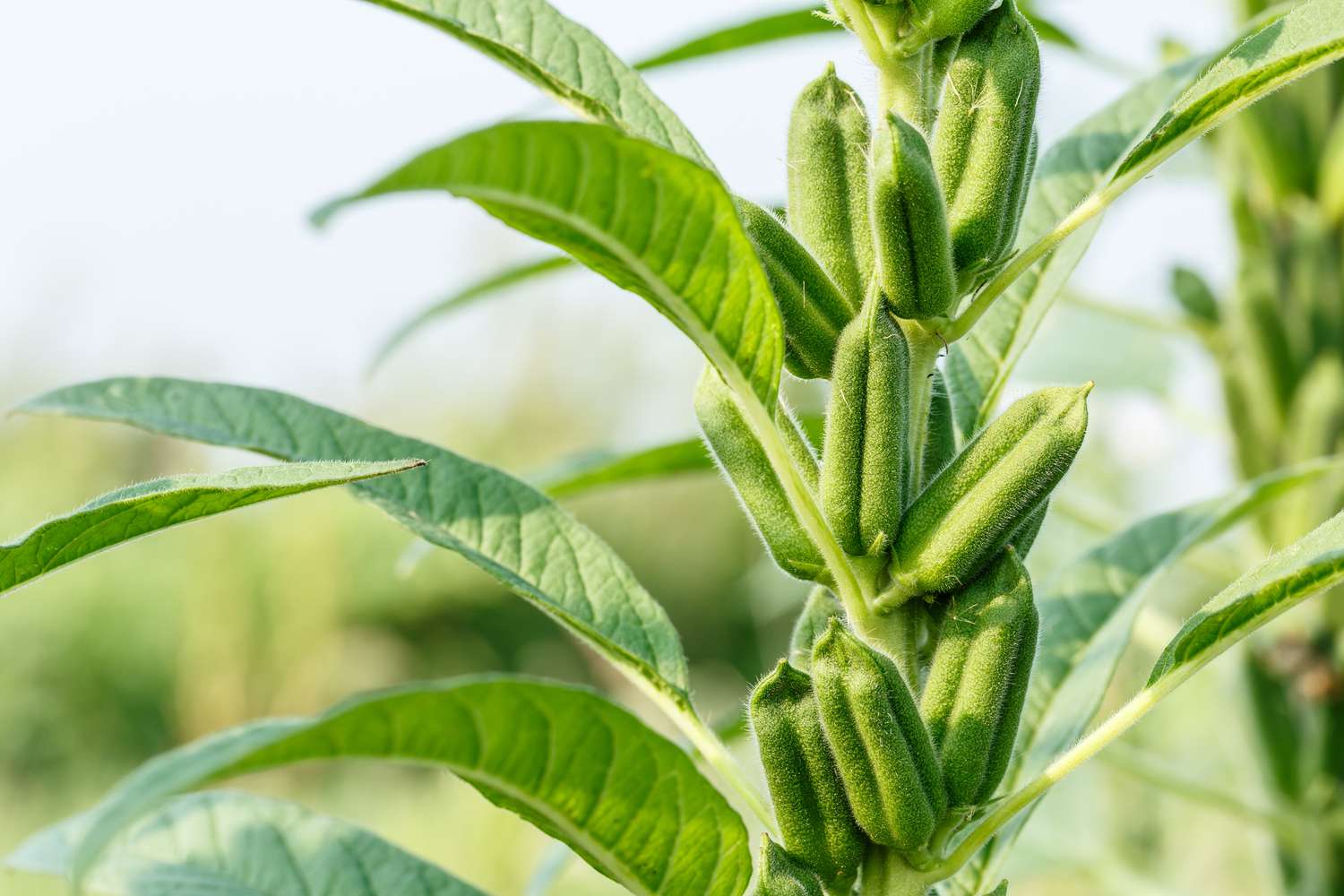
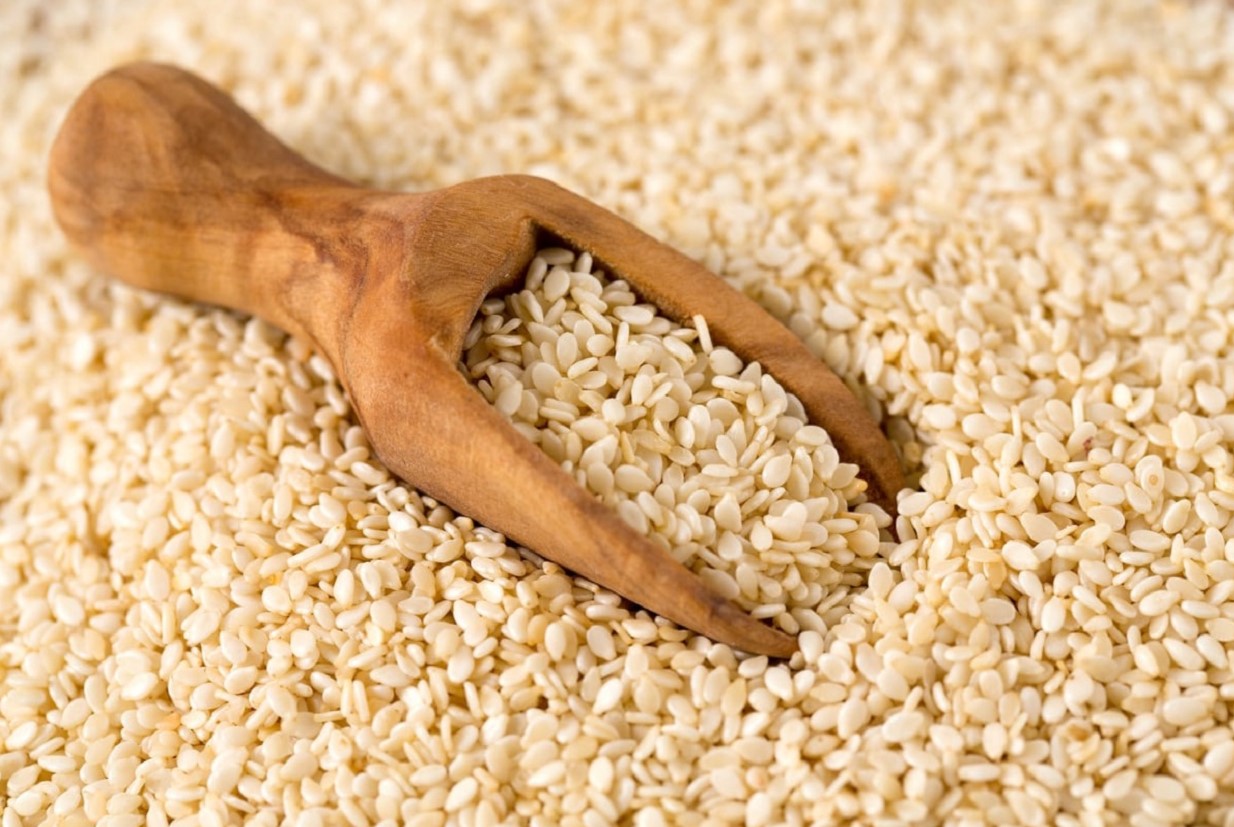

0 thoughts on “What Aisle Would Sesame Seeds Be In”